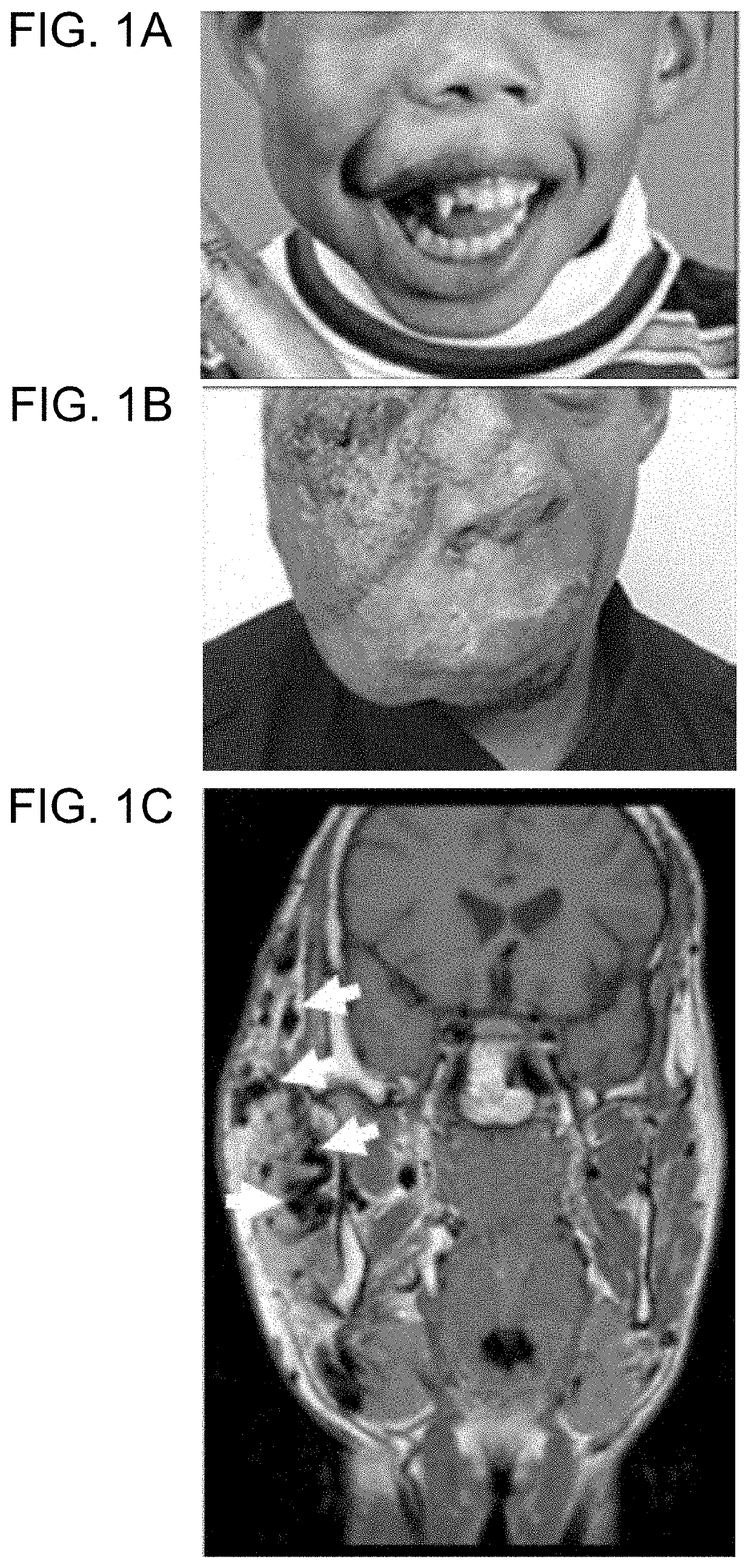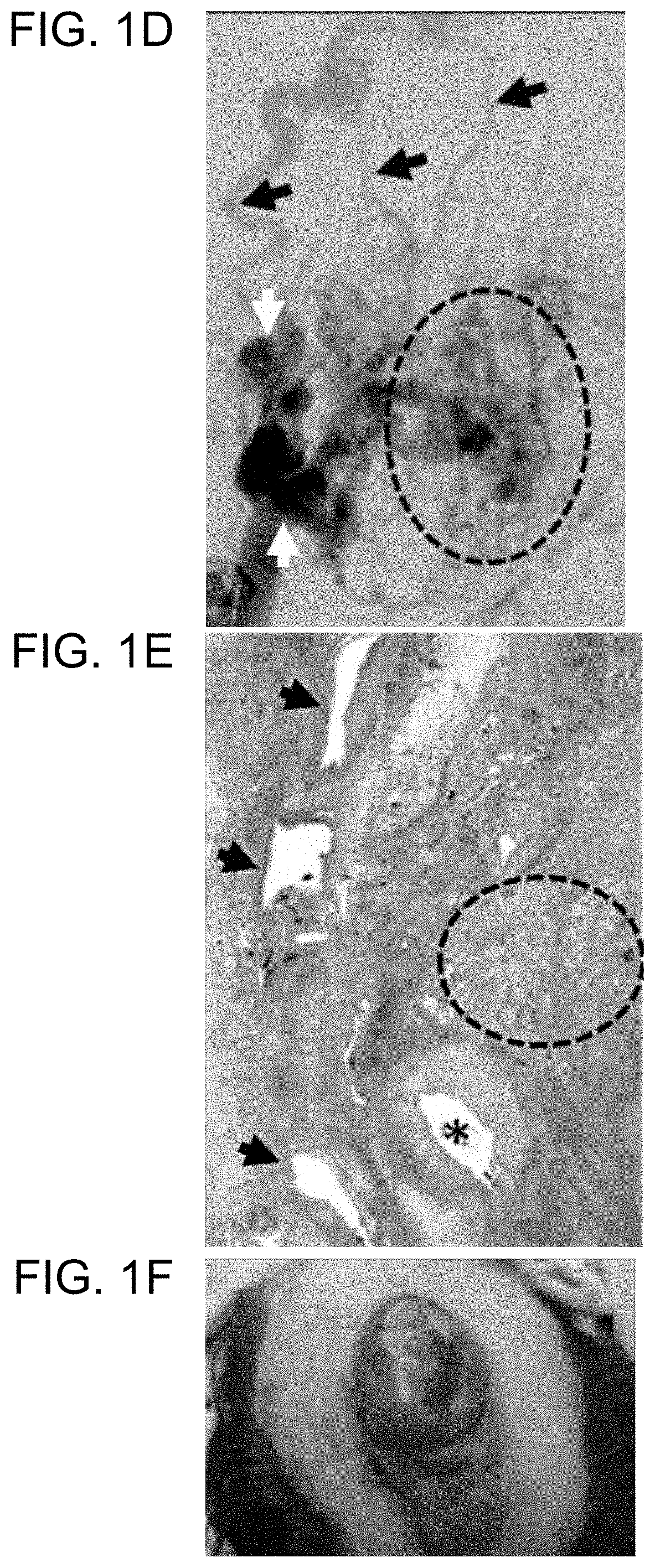Map2k1 (MEK1) as a therapeutic target for arteriovenous malformations and associated disorders
a technology of arteriovenous malformations and therapeutic targets, which is applied in the direction of cardiovascular disorders, drug compositions, biochemistry apparatus and processes, etc., can solve the problems of tissue ischemia that leads to pain, ulceration, bleeding, and destruction of adjacent tissues,
- Summary
- Abstract
- Description
- Claims
- Application Information
AI Technical Summary
Benefits of technology
Problems solved by technology
Method used
Image
Examples
example 1
and Methods
[0182]Informed consent was obtained from study participants. AVM specimens were collected during a clinically-indicated procedure. Affected tissue was flash-frozen and stored at −80° C.; two tissue specimens were also processed to separate endothelial cells from other cell types. Cells were isolated as previously described3. Specimens were digested with collagenase A (Roche) and dispase (BD Biosciences), filtered through a 70-μm strainer, incubated with anti-cluster of differentiation 31 protein (anti-CD31) antibody that was conjugated to magnetic Dynabeads (Invitrogen) in order to separate endothelial from non-endothelial cells, and then cultured. CD31+ cells were grown in endothelial cell growth medium and CD31− cells were cultured in mesenchymal stem cell growth medium (both from Lonza). DNA was extracted from frozen tissue, cells, and blood (considered unaffected tissue) using DNAeasy Blood & Tissue Kit (Qiagen). Saliva, also an unaffected tissue, was collected using ...
example 2
ion and Quantitation of Mutant Allele Frequencies in Specimens
[0185]ddPCR assays14 were developed for each of the mutations identified by WES and WGS. These assays were used to confirm and quantify the mutant allele frequency in each specimen. When available, ddPCR was performed on participants' endothelial cells, non-endothelial cells, blood and saliva. Additional AVM specimens, which were not included in the initial WES or WGS studies, also were screened for mutations by ddPCR. When an alternative mutation was suspected because a pseudocluster (i.e., droplets exhibiting altered probe binding during target sequence amplification) was observed in the ddPCR assay, 100 amplimers from the target region were subcloned and Sanger sequenced. ddPCR assays were also performed using lesional DNA from other vascular anomalies, including infantile hemangioma, congenital hemangioma, capillary malformation, lymphatic malformation, venous malformation, and verrucous venous malformation.
[0186]Ten ...
example 3
rum of Somatic Mutations that Cause Human AVMs
[0192]Although no published studies have examined the effects of MAP2K1 mutations in ECs, MAP2K1 is important for angiogenesis. Endothelial proliferation, migration, and tube formation are dependent on ERK phosphorylation in ECs. Inhibition of MEK-ERK signaling causes EC apoptosis and retraction of sprouting tubules. Thus, the finding herein that AVMs contain MAP2K1-activating mutations in resident ECs provides evidence that the mutation likely increases angiogenesis. Hyperproliferation and migration of ECs may dysregulate the recruitment of pericytes required for stable blood vessel formation. Consequently, irregular vasculature develops with abnormal connections between arteries and veins through a nidus or fistula. Because of the absence of a capillary bed, local hypoxia could further stimulate the system because hypoxia increases MEK-ERK signaling. This worsening cycle of abnormal blood vessel production and hypoxia may be responsibl...
PUM
| Property | Measurement | Unit |
|---|---|---|
| compositions | aaaaa | aaaaa |
| body weight | aaaaa | aaaaa |
| length | aaaaa | aaaaa |
Abstract
Description
Claims
Application Information
 Login to View More
Login to View More - R&D
- Intellectual Property
- Life Sciences
- Materials
- Tech Scout
- Unparalleled Data Quality
- Higher Quality Content
- 60% Fewer Hallucinations
Browse by: Latest US Patents, China's latest patents, Technical Efficacy Thesaurus, Application Domain, Technology Topic, Popular Technical Reports.
© 2025 PatSnap. All rights reserved.Legal|Privacy policy|Modern Slavery Act Transparency Statement|Sitemap|About US| Contact US: help@patsnap.com



